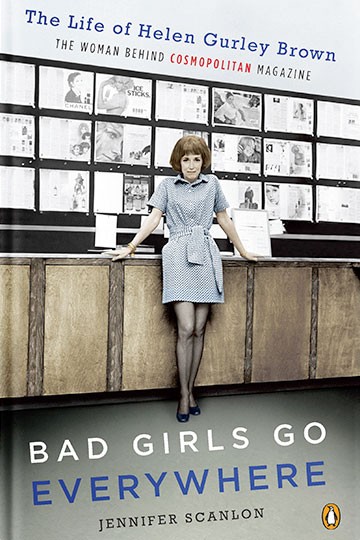
- Publisher: New York: Oxford University Press
- Available in: Hardback, Paperback
- Published: April 10, 2009
Helen Gurley Brown, celebrated author of the 1962 international best-seller Sex and the Single Girl, diva of the New York magazine world, Living Landmark of New York City, and thirty-year editor of Cosmopolitan magazine, offered her Cosmo readers several pieces of advice in her farewell column in February 1997. Among them: every woman has something that makes her unique and gifted; pursuing beauty can be a delightful endeavor, not just a preoccupation; sex is among the best things in life; and men are not the enemy. With these brief directives Brown summarized the philosophy that made her such an important and contested figure throughout the second half of the twentieth century. To conservatives, Brown’s books and magazine released the single woman from all social constraints, making her an autonomous, sexually liberated threat to the institutions of marriage and family. To many feminists in the nascent and then evolving women’s liberation movement, Brown’s views enhanced men’s rather than women’s lives by turning women into sexually available playmates.
For her legion of fans, however, Helen Gurley Brown represented another arena, one in which female independence and sexuality, heterosexual relationships, and the celebration of beauty coexisted amicably, if not always altogether peacefully, with feminism. Her message, that “men are wonderful and children are wonderful and you may need both to fulfill your life,” paired with “you should not, you must not live through those people,” resonated with American women who wanted to claim sexual and personal satisfaction in addition to economic independence. When Brown repeatedly claimed, “I am a feminist,” she spoke not only for herself but also for her “girls,” first for her Single Girls, then for her Cosmo Girls, and always for millions of mainstream American women.
From Preface, Bad Girls Go Everywhere